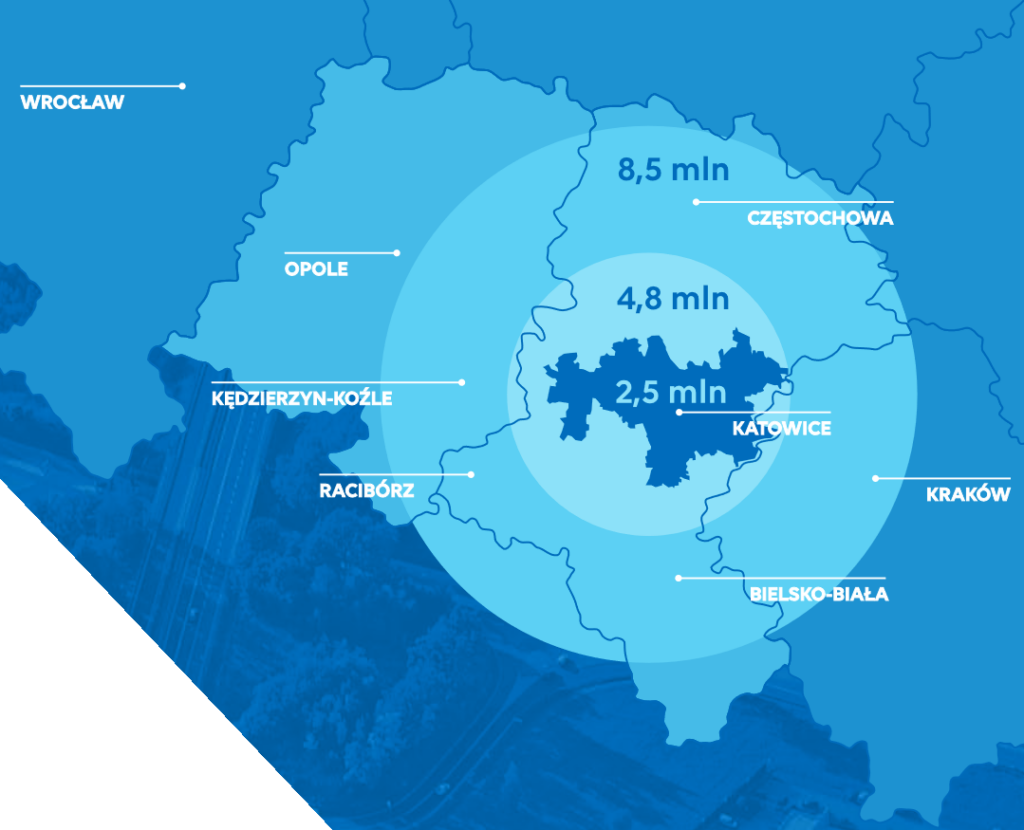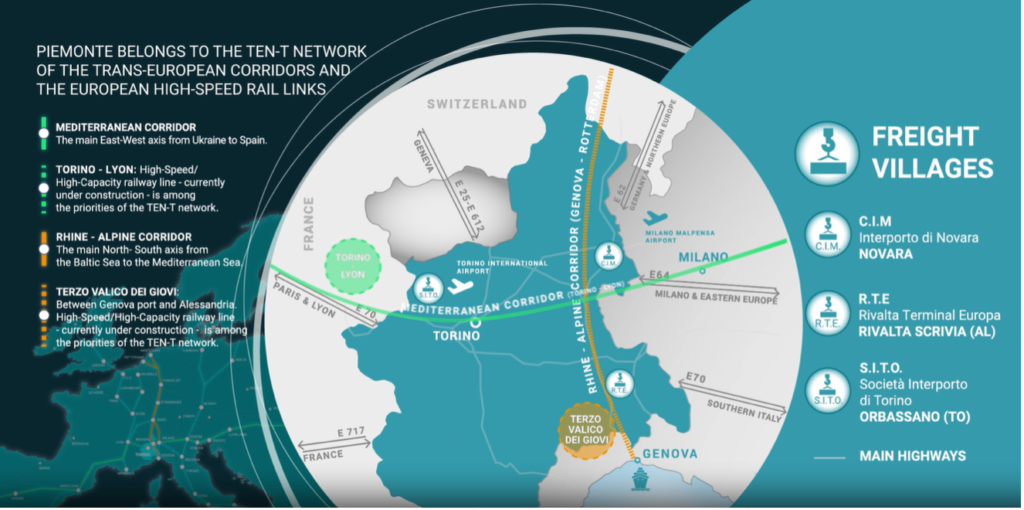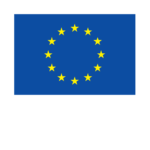Welcome to the manufacturing ecosystem of Silesia region

In this article, we embark on a journey through the manufacturing scene of Poland’s Silesia region and disclose the initiatives led by the greenSME clusters. Powered by the SA&AM cluster, we explore the transformative efforts shaping the industrial landscape in the south of Poland.
- What regions are covered by your cluster?
The Silesia Automotive & Advanced Manufacturing (SA&AM) cluster is an initiative for the development of the automotive sector in the Silesia region (the south of Poland) and in the neighbouring provinces (located to the south-west and to the south-east from Silesia).
SA&AM Cluster, coordinated by the Katowice Special Economic Zone, the best Special Economic Zone in Europe, supports, through its activities, the development of the skills of companies and their employees and creates favourable conditions for the development and establishment of new automotive investments
Katowice Special Economic Zone for years has been the driving force in the automotive industry. Companies like Opel Manufacturing and Fiat Chrysler Automobiles, operating today under the Stellantis brand, chose this location for their car factories, same as several dozen manufacturers of components for the automotive industry chose this place for their investments.1

Source: Katowice Special Investment Zone, Investors Guide, Edition 2022, Available at: https://www.invest-ksse.com/files/?id_plik=6885 (accessed 23.11.2023)

Source: Katowice Special Investment Zone, Investors Guide, Edition 2022, Available at: https://www.invest-ksse.com/files/?id_plik=6885 (accessed 23.11.2023)
- What is the representation of manufacturing in terms of all companies in the region?
Silesia region is renowned for being the largest and the most industrialized region of Poland, with a well-developed transport network and energy infrastructure. In Silesia, in addition to traditional industrial sectors, the automotive, service and high-tech sectors play important roles. Of fundamental importance for the regional economy are hard coal mining, iron, zinc and lead metallurgy, energy and electrical machinery, food and chemical industries, and the automotive industry.
The Silesian Voivodeship is characterized by a high share in the creation of Polish Gross Domestic Product (GDP), second only to the Masovian Voivodeship in this respect. In the Silesia region, encompassing an area of 12.3 thousand km^2 and inhabited by 4.5 million people (1/8 of the Polish population), there are over 500 thousand national economy entities.
- Characterise the manufacturing companies in the region according to size:
- large enterprises (employing 250 or more persons)
- medium-sized enterprises (employing 50 to 249 persons)
- Small enterprises (employing 11 to 49 persons)
- Micro enterprises (employing less than 10 persons).
According to Local Data Bank2, Poland’s largest database of the economy, society and the environment, in 2022 there were nearly 522 000 enterprises operating in the Silesia Region, out of which the majority represented micro enterprises (501 205), small enterprises accounted for 3% of all companies (16 774), medium-sized for 0,6% (3 350). There were 530 large enterprises – employers of 250+ staff.

Source: Statistical office in Katowice, Report on the socio-economic situation of Śląskie Voivodship 2022, Katowice 2022, available at: katowice.stat.gov.pl
Within that pool of enterprises mentioned above, about 9% (46 239) of all enterprises had the PKD code related to manufacturing. This classifies Silesia as second in Poland when it comes to the number of entities holding the PKD 2007 in section C. 3

Source: Local Data Bank, available at: https://bdl.stat.gov.pl/bdl/dane/podgrup/wykres (accessed 06.12.2023)
4. How has the manufacturing sector evolved in the three pillars of sustainability (environmental, social and economic) in your region over the past decade, and what are the key factors driving this change?
The last three decades have been linked with profound changes in the economic and developmental trajectory of Silesia. After 1989, when the communism fell in Poland, Silesia region had to cope with two main challenges: the transition from a centrally controlled economy to a market economy; and the adoption of global changes in late capitalism. All in all, the region turned out to be much more resilient than what was predicted4.
Traditional Silesian industrial branches were the foundation on which, during the process of economic transformation, branches connected with their operation were developed. It started with the engineering industry, equipped with appropriate machines and experienced staff. The economic transformations going on in the region have resulted in a significant change in the structure of the gross added value (the newly produced value) generated in the region. The share of market and non-market services accounts for nearly 60% and industry 33%, ranking Silesia first in Poland.5
The dynamic development of Silesia Region would not have been possible without active policies and the engagement of regional institutions acting in favour of regional development and support for the enterprises. The manufacturing sector in the region has been, similarly, to the manufacturing industry in Europe, affected by various trends and motivators for change such as social, technological, economic, ecological and political factors6. To sustain competitiveness, companies need to rethink their business models and foresee the changes that implemented currently, will impact their sovereignty, agility and development in the following years.
With the regulations focused on achieving the European Green Deal and focus put on the Twin Transition, regional companies need to strategically think about their sustainable development – especially economic and environmental.
5. What challenges or obstacles in sustainability do manufacturers in our region face, and how have they adapted to overcome them?
The Silesian Voivodeship faces the challenge of carrying out the economic transformation process from an energy- and resource-intensive economy based on traditional fossil fuels towards a sustainable, low-emission, closed-loop economy. Transformation processes concern not only the traditional industries (mining and energy sectors), as other industries have also been experiencing the effects of European directives, regulations and communications.7 Still, the most important challenges currently facing the region include the need to increase the level of competitiveness with other regions, both in the country and abroad.
With the dominance of the micro-enterprises in the region, the need to remain profitable and competitive both in price and quality remains a challenge for local companies. On the other hand, those enterprises which belong to the bigger value chains as Tier 2 or 3+ suppliers are being confronted with the requirements linked with sustainability, often formally required from the end-product manufacturers (OEMs). Therefore, companies need to establish appropriate strategies, upgrade their business models, and improve the skill share and awareness regarding the potential improvement and changes needed to be implemented in the near future.
6. How does your cluster support the companies in becoming more sustainable? What services do you provide to companies?
Today the SA&AM Cluster represents a strong cooperation platform for the automotive sector, new technology suppliers and the local knowledge potential represented by research and scientific institutes. With over 220 members, SA&AM is the largest automotive cluster in Poland, an active partner in international projects, and has been continuously striving for excellence.
Entrepreneurs and institutions operating in the Cluster, through sharing their experiences, good practices, joint activities, build relationships for future projects and upgrade competencies of their organisations to be more competitive and resilient to change.
SA&AM offers its services within two core areas: 1. Innovation and Cooperation and 2. Labour Market and Education.
The Cluster’s mission in the area of Innovation and Cooperation is to effectively combine engineering with the latest technologies to streamline manufacturing processes, increase productivity, optimise resource consumption, minimise waste production and losses, and, consequently, provide businesses with a competitive edge in the international arena.
The mission in the area of Labour Market and Education is to establish and preserve the competitive advantages of employers in terms of human resources by developing and implementing system solutions which tap into the potential offered by cooperation between employers and employees, as well as between employers and the educational market.
Undertaking over 30 services a year (workshops, training, B2B meetings, B2S meetings) SA&AM answers the needs of its cluster members. The workshop meetings are organized within thematic groups, that provide a forum for knowledge and competence exchange at the level of key staff (process engineers, production managers, etc.). They aim to accurately identify specific subjects and work around them, to develop viable business solutions. Thematic groups regularly meet for workshops, several times a year. These include:
- HR for Automotive
- Advanced Manufacturing Go Digital
- Automotive R&D
- Automotive Logistics
- Automotive Digital Enterprise
- Automotive Green Enterprise
- Automotive Health and Safety
SA&AM cluster creates therefore favourable conditions for supporting companies in becoming more sustainable, not only while providing workshops related to sustainability topics but also by engagement in international initiatives such as greenSME.
[1] Silesia Automotive & Advanced Manufacturing, Members Catalogue 2022, available at: https://www.silesia-automotive.pl/files/?id_plik=6762
[2] [3] Local Data Bank, available at: https://bdl.stat.gov.pl/bdl/dane/podgrup/tablica (Accessed 27.11.2023)
[4] Grzegorz Micek, Krzysztof Gwosdz, Arkadiusz Kocaj, Agnieszka Sobala-Gwosdz & Agnieszka Świgost-Kapocsi (2022) The role of critical conjunctures in regional path creation: a study of Industry 4.0 in the Silesia region, Regional Studies, Regional Science, 9:1, 23-44, DOI: 10.1080/21681376.2021.2017337
[5] The Silesian Voivodeship economic information, available at: https://www.paih.gov.pl/wp-content/uploads/0/122101/122166.pdf
[6] EACN for Joint Industrial Modernisation Investments, Drivers and motivators for industrial modernisation in the Automotive Industry, Katowice, 2019, available at: https://escp-s3.eacn-initiative.eu/media/deliverables/EACN(2019)_D2.1_DriversAndMotivators_(final).pdf (accessed 06.12)
[7] Regionalna Strategia Innowacji Województwa Śląskiego 2030, 31.06.2021, available at: https://rpo.slaskie.pl/dokument/ris_wsl_2030_inteligentne_slaskie
Authors: Łukasz Górecki, SA&AM Cluster Director, Ewa Dudzic-Widera, SA&AM Project Manager



